Disclosure: This article contains affiliate links. We may earn a commission from purchases at no extra cost to you, which helps our travel content.
There's something about running through a city that reveals its soul in a way tour buses never could. Last fall, while in Jersey for a charity marathon coordination meeting, I found myself with 48 hours to kill in Newark – a city that often lives in the shadow of its flashier neighbor across the Hudson. What I discovered was America's story etched in brick, steel, and stained glass, hiding in plain sight. Newark isn't just a place you fly into before heading to Manhattan; it's a historical tapestry that weaves together threads of immigration, industrial revolution, civil rights struggles, and cultural renaissance. As someone who's spent years seeking out the authentic pulse of cities from Bangkok to Bucharest, I found Newark's overlooked landmarks offered the same soul-stirring resonance as monasteries I've visited in Thailand – places where history feels alive under your fingertips. Lace up your walking shoes and join me on this budget-friendly deep dive into Newark's forgotten past.
The Sacred Spaces: Houses of Worship That Shaped a Nation
My exploration of Newark always begins where communities gather to reflect, celebrate, and preserve their cultural identity – their sacred spaces. And Newark's religious landmarks read like chapters in America's immigration story.
First stop: Cathedral Basilica of the Sacred Heart, a French Gothic revival masterpiece that took 54 years to complete. Standing before its towering 232-foot spires, I felt the same reverence I experienced at monasteries in Chiang Mai – though here, the meditation comes with a distinctly American narrative. Construction began in 1899, during the great European migration waves, with Irish, Italian, and Polish immigrants literally building their spiritual home brick by brick in their new country.
I timed my visit for late afternoon when sunlight streams through the cathedral's 200+ stained glass windows, creating a kaleidoscope effect that no Instagram filter could replicate. The cathedral rivals Notre Dame in architectural significance but sees a fraction of the visitors.
A mile away stands St. Stephan's Church, the spiritual center for Newark's once-thriving German community. The original 1874 structure tells the story of Newark's industrial boom, when German craftsmen brought Old World woodworking skills to America's factories.
Perhaps most moving is Congregation Ahavas Sholom, New Jersey's oldest operating synagogue. This modest 1923 building survived the demographic shifts that followed Newark's 1967 civil unrest. Inside, I found not just a place of worship but a museum documenting Jewish contributions to Newark's development. The congregation's elderly caretaker, Mr. Saperstein, showed me prayer books dating back generations – tangible links to Newark's immigrant past that reminded me of ancient texts I'd seen preserved in Ethiopian monasteries.

💡 Pro Tips
- Visit Cathedral Basilica on weekdays between 3-4pm for the best light and smallest crowds
- Check Congregation Ahavas Sholom's website for their monthly guided tours – they're free but donations help preserve this historical gem
- Bring a pocket notebook to sketch architectural details – I've found drawing slows me down and helps me notice details I'd otherwise miss
Industrial Temples: Landmarks of America's Manufacturing Golden Age
Newark's industrial heritage sites hit differently when you understand they're not just abandoned factories – they're cathedrals to American innovation, where generations of immigrants built both products and identities.
The Ballantine House, part of the Newark Museum of Art, offers an intimate glimpse into the life of a brewing dynasty when Newark was America's beer capital. Built in 1885 for Ballantine Brewing Company's founder, the mansion's 27 rooms showcase how industrial wealth transformed domestic life. The servants' quarters particularly fascinated me – these narrow spaces housed the invisible workforce that maintained the illusion of effortless prosperity upstairs.
For a more hands-on experience, I joined a weekend workshop at the Edison National Historical Park in nearby West Orange. Standing in Thomas Edison's laboratory – where the phonograph, motion picture camera, and improved light bulb were developed – I felt that familiar runner's high that comes when you're in a place where human potential was pushed to its limits.
The most overlooked industrial landmark might be the Krueger-Scott Mansion on High Street. Built in 1888 by a German beer baron, it later became home to Louise Scott, Newark's first Black female millionaire who built her fortune through beauty products. The mansion embodies Newark's economic transitions: from industrial brewing wealth to Black entrepreneurship during the Great Migration.
Perhaps the most physically impressive site is the old Pennsylvania Railroad Station (now Newark Penn Station). I spent an hour just studying the Art Deco details in the waiting room – terrazzo floors depicting railroad routes and bronze chandeliers that have witnessed millions of comings and goings since 1935. I've visited train stations across Eastern Europe, and Newark's stands among the finest examples of transportation architecture I've encountered.
For the best photos, I relied on my travel tripod to capture the low-light interiors without flash – essential for respecting these historic spaces while documenting their details.
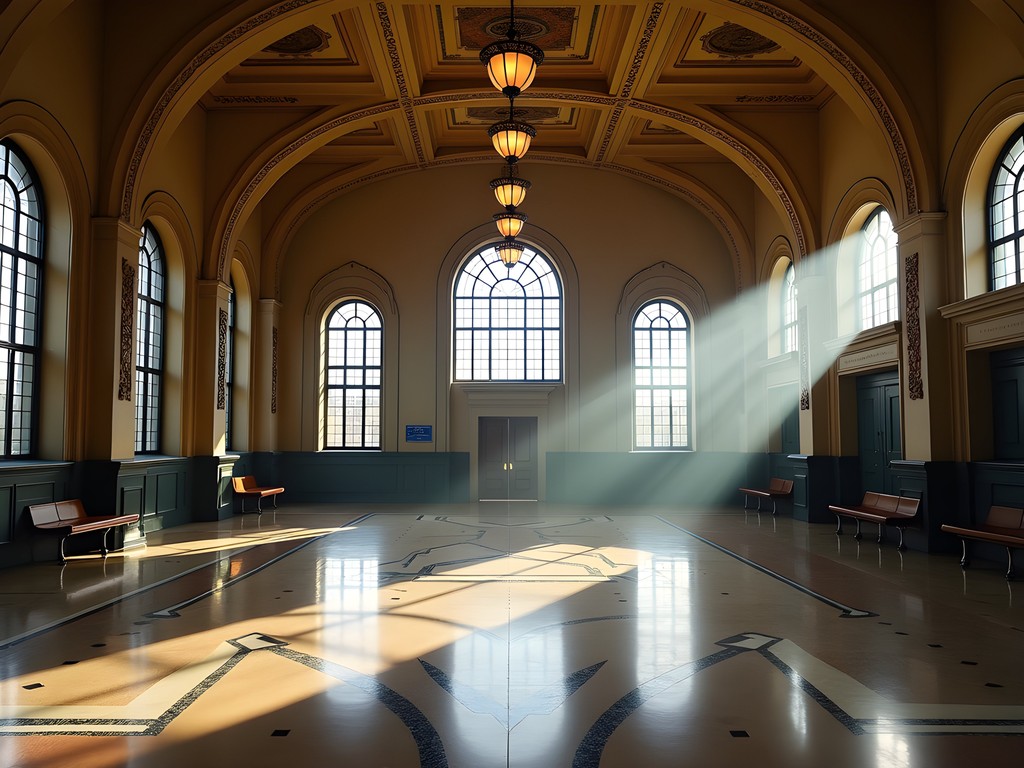
💡 Pro Tips
- The Ballantine House offers free admission on the first Thursday of each month
- Edison National Historical Park runs hands-on invention workshops – book these weeks in advance
- Newark Penn Station's Art Deco details are best photographed early Sunday mornings when the terminal is quietest
Rhythms of Resistance: Newark's Civil Rights Landmarks
The soundtrack of Newark's history includes not just industrial clanging but also voices raised in the struggle for equality. As someone who spends hours hunting through record stores worldwide for musical artifacts, I found Newark's civil rights landmarks provided a similar window into cultural revolution.
The starting point for understanding Newark's civil rights history is the intersection of Springfield Avenue and 15th Avenue – epicenter of the 1967 Newark Uprising. Today, a modest memorial marks where tensions between police and Black residents erupted into five days of unrest that forever changed the city. Standing there at dawn during my morning run, I felt the weight of history in a way no textbook could convey.
Nearby, the Newark Public Library's Special Collections includes the most comprehensive archive of materials documenting the uprising. Curator Junius Williams (himself a civil rights activist) guided me through photographs, newspaper clippings, and oral histories that provide multiple perspectives on those pivotal days.
The most moving site was the Robert Treat Hotel, where in 1968 poet and activist Amiri Baraka helped organize the first Black Power Conference. The conference room where delegates drafted economic and political strategies remains largely unchanged – a time capsule of a moment when Newark became a laboratory for Black self-determination.
For music lovers, a pilgrimage to the former site of Savoy Records on Ferry Street is essential. Though only a plaque marks where this pioneering label recorded gospel, jazz, and R&B from 1942 to 1965, standing there I could almost hear the revolutionary sounds that emerged from this modest building. Savoy documented the soundtrack of a community finding its voice – something I've experienced in record shops from Ethiopia to Japan.
To truly understand Newark's civil rights journey, I recommend picking up a copy of A Newark Frontier before your visit. This meticulously researched book provided context that transformed my walks through these neighborhoods.
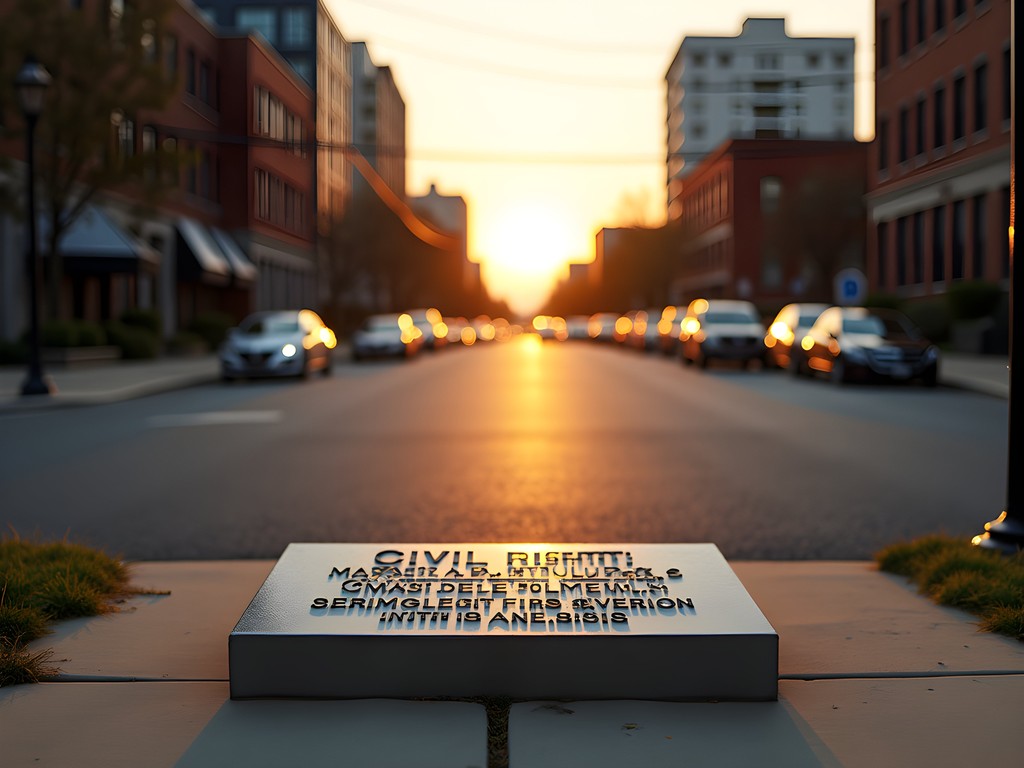
💡 Pro Tips
- Visit the Newark Public Library's Special Collections by appointment for access to civil rights archives
- Download the Newark '67 audio walking tour from the Newark Public Library website before visiting Springfield Avenue
- The best coffee shop for reflection after visiting these sites is Black Swan Espresso – locally owned and committed to community development
Architectural Time Machines: Newark's Gilded Age Treasures
Newark's downtown contains some of America's most impressive – and overlooked – Gilded Age architecture, rivaling anything I've seen while marathon training through Chicago or Boston.
The crown jewel is undoubtedly the 1901 Beaux-Arts Newark Public Library. I spent hours exploring its grand marble staircases, ornate reading rooms, and the spectacular third-floor art gallery. The library was designed as a "people's palace of knowledge" when public education was transforming American society. In the quiet of the New Jersey History Room, surrounded by centuries-old maps and documents, I experienced that familiar meditative state I've found in monasteries – proof that secular spaces can be just as conducive to contemplation as religious ones.
A short walk away stands the First National State Bank Building, a 1912 Cass Gilbert masterpiece that exemplifies the confidence of America's economic ascendance. The banking hall's 30-foot ceilings, marble columns, and bronze details speak to an era when financial institutions wanted to project permanence and stability through architecture.
My personal favorite is the 1885 Peddie Memorial Baptist Church, a Romanesque Revival structure with a distinctive red sandstone façade. The church's history reflects Newark's evolving demographics – founded by wealthy industrialists, it later became a spiritual home for working-class immigrants and eventually a multicultural congregation. I timed my visit to coincide with their community lunch program, where I shared a meal with locals who provided insights no guidebook could offer.
For architecture enthusiasts, I recommend picking up the architectural field guide which helped me identify easily-missed details like mason's marks and symbolic carvings that reveal deeper stories about these buildings.
Don't miss the Military Park district, where the 1926 New Jersey Bell Headquarters Building (now Walker House) showcases Art Deco at its finest. The Ralph Walker-designed skyscraper features stunning geometric ornamentation that I captured using my wide angle lens – essential for architectural photography in tight urban environments.
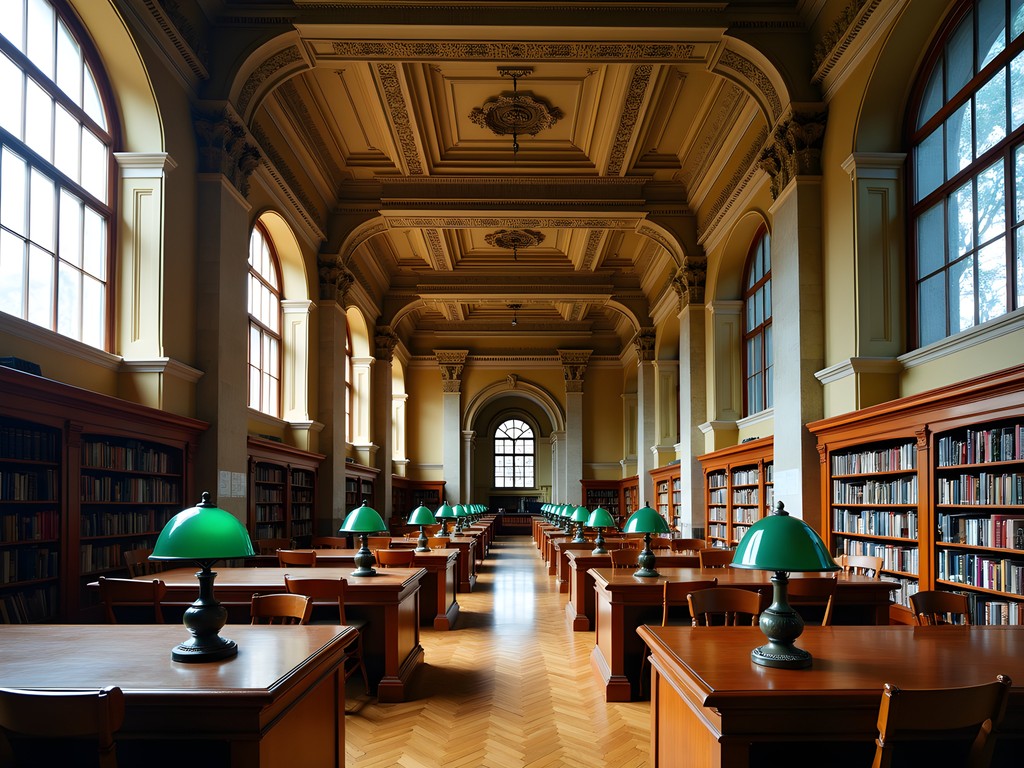
💡 Pro Tips
- Newark Public Library offers free architecture tours on Saturday mornings
- Visit the First National State Bank Building between 12-1pm when sunlight streams through the massive windows
- Many Gilded Age buildings are still in use as offices – dress business casual to blend in while exploring lobbies
Cultural Crossroads: Branch Brook Park and the Cherry Blossom Festival
No exploration of Newark's historical landmarks would be complete without experiencing Branch Brook Park – America's first county park and home to the nation's largest collection of cherry blossom trees, surpassing even Washington D.C.'s famous display.
Designed by Frederick Law Olmsted's firm (the same landscape architects behind Central Park), Branch Brook opened in 1895 as a democratic green space serving Newark's growing immigrant population. The park's 360 acres include winding paths, elegant bridges, and a serene lake – perfect for my pre-dawn training runs.
What fascinates me most about Branch Brook is how it embodies cultural exchange between America and Japan. The first cherry trees were planted in 1927, inspired by the 1912 gift of trees from Tokyo to Washington D.C. Today, the park's 5,000+ cherry trees of varying species create a spectacular display each April during the Cherry Blossom Festival.
Beyond natural beauty, the park contains architectural treasures like the Barringer High School (1838) – one of America's oldest public schools – and the Sacred Heart Cathedral, whose Gothic spires create a striking contrast with the delicate pink blossoms each spring.
The park's southern section features the Prudential Lions, massive stone sculptures donated by the insurance company in 1899. These guardians have witnessed generations of Newark residents seeking recreation and respite – from Victorian-era carriage rides to present-day marathon training groups I joined during my stay.
During my visit, I met Mr. Jackson, a 78-year-old retired postal worker who has photographed the cherry blossoms every year since 1965. His personal archive documents not just the trees' growth but Newark's evolution through economic booms, civil unrest, and renewal. We sat on a bench near the lake as he shared stories of childhood ice skating on the frozen water and teenage dates under flowering trees – living history no museum could replicate.
For capturing the park's magical cherry blossom sunrise, I relied on my portable tripod which allowed me to set up quickly as the first light illuminated thousands of pink blooms reflected in the lake's still surface.

💡 Pro Tips
- For cherry blossom viewing, arrive at dawn (around 6am) to experience the park before crowds arrive
- The best photography spot is the Japanese Garden section near the Park Avenue entrance
- Check the Essex County Parks website for bloom forecasts – peak season typically falls between April 2-15 but varies yearly
Musical Heritage: From Jazz Clubs to Hip-Hop Landmarks
My global explorations always include hunting for vinyl in local record shops, and Newark's musical landmarks offer a crash course in American cultural history that rivals more famous scenes I've explored in Memphis or New Orleans.
I started at the Newark Museum of Art's jazz archives, where curator Patricia Watts showed me rare photographs of Sarah Vaughan performing at the Mosque Theater (now Symphony Hall). Vaughan, born in Newark in 1924, embodied the city's rich jazz tradition alongside fellow Newark natives Wayne Shorter and Woody Shaw.
The most enlightening stop was the former site of Hobby's Records on Springfield Avenue. Though the shop closed in 1992, owner Al Howard (now 87) still conducts occasional walking tours of Newark's music landmarks. Mr. Howard showed me where the legendary Savoy Ballroom once stood – a venue where Count Basie and Ella Fitzgerald performed regularly in the 1940s. His stories about Newark's vibrant night life during the Great Migration painted a picture of a cultural mecca largely written out of mainstream jazz histories.
For hip-hop enthusiasts, Newark's contribution is equally significant. I visited Zion Records on Broad Street, one of the few surviving record shops from Newark's 1980s hip-hop golden era. Owner Khalil Thompson showed me rare vinyl from Newark artists who influenced early hip-hop, including the hard-to-find Lords of the Underground releases that documented urban life in early 1990s Newark.
The most moving musical landmark was the former home of poet and activist Amiri Baraka on Stirling Street. Baraka's work bridged jazz improvisation and political poetry, creating a template for spoken word that would influence generations of hip-hop artists. The modest row house where Baraka hosted legendary Black Arts Movement gatherings in the 1960s is now marked with a small plaque – another example of how America's most profound cultural contributions often emerge from humble spaces.
I ended my musical pilgrimage at Symphony Hall, originally built in 1925 as a mosque and movie palace. Today it hosts both classical performances and contemporary artists, embodying Newark's cultural continuity across generations and genres.
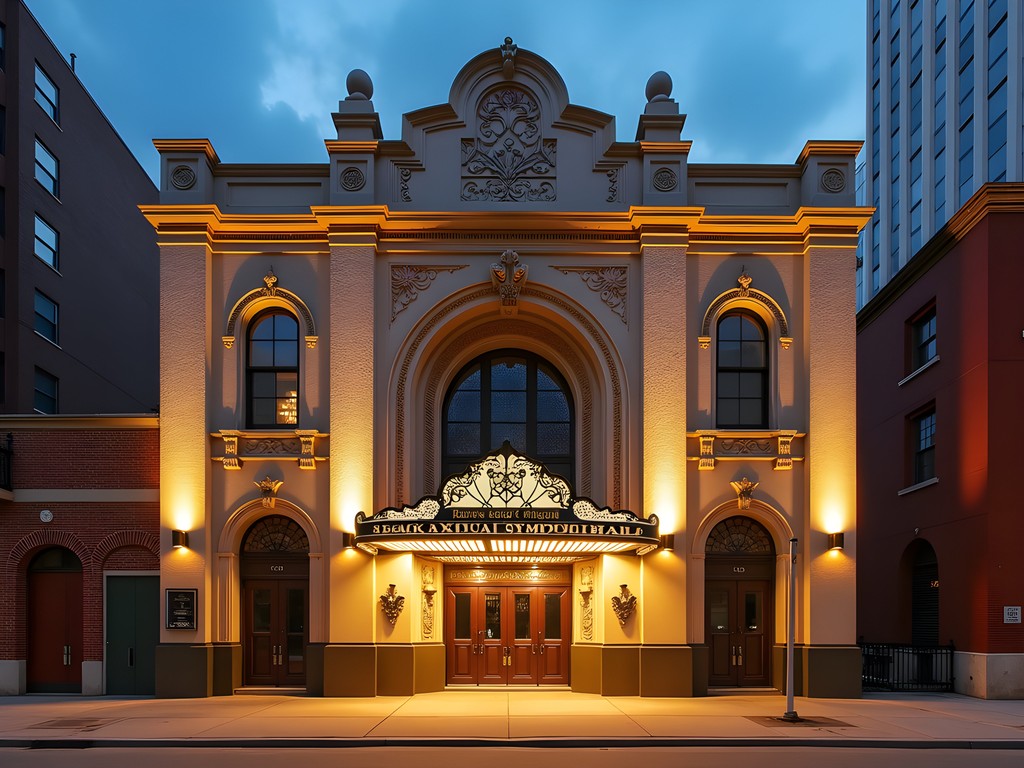
💡 Pro Tips
- Contact the Newark Museum of Art two weeks in advance to access their jazz archives
- Visit Zion Records on Saturdays when owner Khalil Thompson hosts informal discussions about Newark's hip-hop history
- Check Newark Symphony Hall's community concert schedule for affordable performances by local jazz ensembles
Final Thoughts
As my weekend in Newark drew to a close, I laced up for one final dawn run through a city that had thoroughly dismantled my preconceptions. Newark isn't just a place you pass through – it's a living textbook of American history that rewards those willing to look beyond faded facades and sensationalist headlines. What struck me most was how Newark's landmarks tell a more honest, complex American story than many of our carefully curated national monuments. Here, immigration, industrialization, racial struggle, and artistic renaissance aren't abstract concepts but tangible realities etched in brick and stone. Like the monasteries I've visited across Asia, Newark's historical sites offer a form of meditation on who we are and how we got here – if we're willing to slow down and listen. So next time your flight lands at Newark Liberty International, consider extending your layover. America's forgotten stories are waiting just beyond the terminal gates, and they might just change how you understand our shared history.
✨ Key Takeaways
- Newark's religious buildings tell America's immigration story through architecture
- The city's industrial landmarks document the rise and transformation of American manufacturing
- Civil rights sites provide crucial context for understanding urban America's evolution
- Newark's musical heritage rivals more famous scenes in American cultural history
📋 Practical Information
Best Time to Visit
Fall (September-November) for comfortable temperatures and fewer crowds
Budget Estimate
$200-300 for a weekend (including modest accommodations, public transportation, and museum admissions)
Recommended Duration
2-3 days to explore thoroughly
Difficulty Level
Easy - Most Sites Accessible By Light Rail Or Short Walks



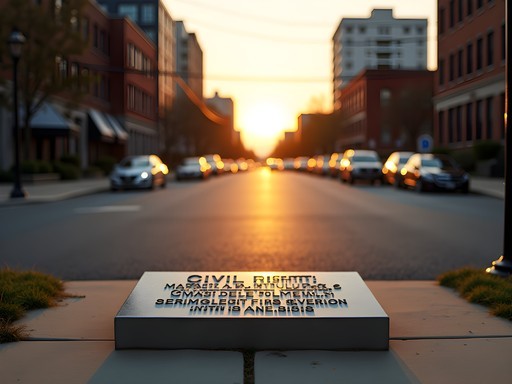
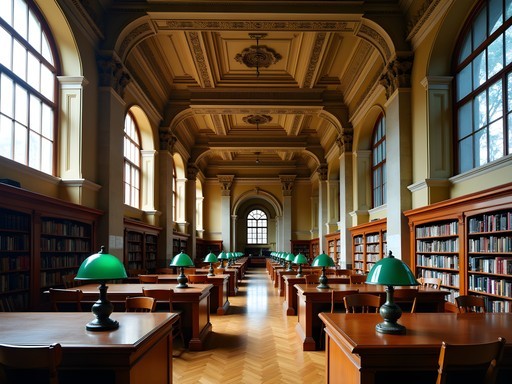
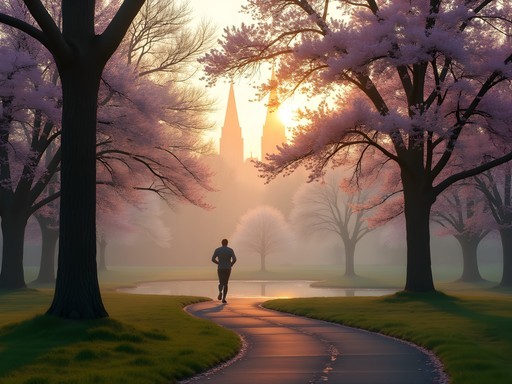










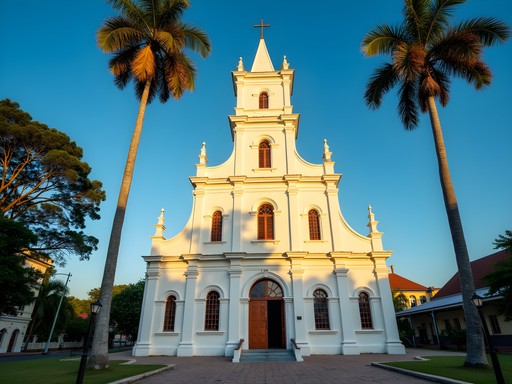
Comments
roamtime
Just booked my ticket to Newark after reading this!!! Never thought I'd say that but your post convinced me! Can't wait to check out those civil rights landmarks especially. Thanks for opening my eyes to somewhere new!
Mason Sullivan
That's amazing to hear! You won't regret it. Feel free to DM me if you need any specific recommendations for your visit.
Sarah Powell
Mason, your running approach to exploring cities resonates deeply with me. I've been advocating for slow travel for years, and there's something magical about experiencing a place at 6mph instead of 60mph. Newark is such a perfect example of a city that reveals itself in layers when you take the time to look closer. I spent three days there last spring documenting the architectural contrasts between the historic buildings and newer developments. The juxtaposition tells such a powerful story about American urban evolution. For anyone visiting, I highly recommend setting aside time for Branch Brook Park - especially during cherry blossom season. The park actually has more cherry trees than Washington DC's famous display!
wandermood
Planning a weekend trip to NYC next month and thinking about adding a day in Newark after reading this. Is public transportation between the two cities reliable? And which of these landmarks would you prioritize if you only had one day?
luckywalker
The PATH train is super easy from NYC! Runs frequently and takes you right to downtown Newark. Definitely see the Cathedral Basilica and the Newark Museum if you only have a day.
wandermood
Thanks so much! That makes planning way easier.
Jennifer Rodriguez
This is such a refreshing take on Newark. I visited last year specifically to research the civil rights landmarks for a piece I was writing, and found the city's historical significance vastly underappreciated. The exhibits at the Newark Museum of Art on social justice movements were particularly moving. Mason, did you get a chance to visit Military Park? The monuments there tell such a complex story of American history through different eras. I found using Newark history guide extremely helpful for understanding the context behind many of these sites.
Mason Sullivan
I did make it to Military Park! The Wars of America monument was particularly striking. Thanks for the guidebook recommendation - wish I'd had it during my visit!
islandvibes
Newark? Really? Might have to reconsider my layover plans...
adventurerider9603
Just got back from Newark after reading this post and WOW - you weren't kidding about the Cathedral Basilica! Those stained glass windows are insane in person. We also checked out the civil rights landmarks which were super moving. The city definitely has rough edges but that's what makes it real. The Newark Public Library was an unexpected highlight - that architecture! Thanks for inspiring us to visit somewhere that wasn't on our radar at all. Ended each day in Ironbound with amazing Portuguese food. Newark's got soul for sure.
luckywalker
OMG I grew up near Newark and NEVER appreciated these places until I moved away! The Cathedral Basilica is STUNNING and hardly anyone outside NJ knows about it. Your running perspective is so cool - seeing the city at street level instead of just hitting tourist spots. Love this post so much!! 👏👏
moonrider
Never would've thought of Newark as a travel destination tbh. I always just rushed through the airport to get somewhere else. This post actually makes me want to spend a day exploring next time I'm passing through. Those industrial landmarks sound pretty cool - did you get to see the old Ballantine brewery building?
Mason Sullivan
Absolutely did! The Ballantine building is incredible - the brick detailing is something you just don't see in modern architecture. Definitely worth stopping by if you're in the area.
moonrider
Thanks for the tip! Adding it to my list for sure.
waveexplorer
Did you feel safe running through Newark in the early morning? Any areas to avoid?
adventurerider9603
Not OP but I found downtown Newark and the Ironbound district perfectly fine during daylight hours. Like any city, just stay aware of your surroundings.
coolwanderer
This post is EVERYTHING! I've lived 30 minutes from Newark my whole life and never knew about half these places! The way you connected the landmarks to the broader American story is so cool. Planning a weekend exploration trip now. Thanks for showing there's so much more to Newark than just the airport!
Venture X
Premium card with 2X miles, $300 travel credit, Priority Pass